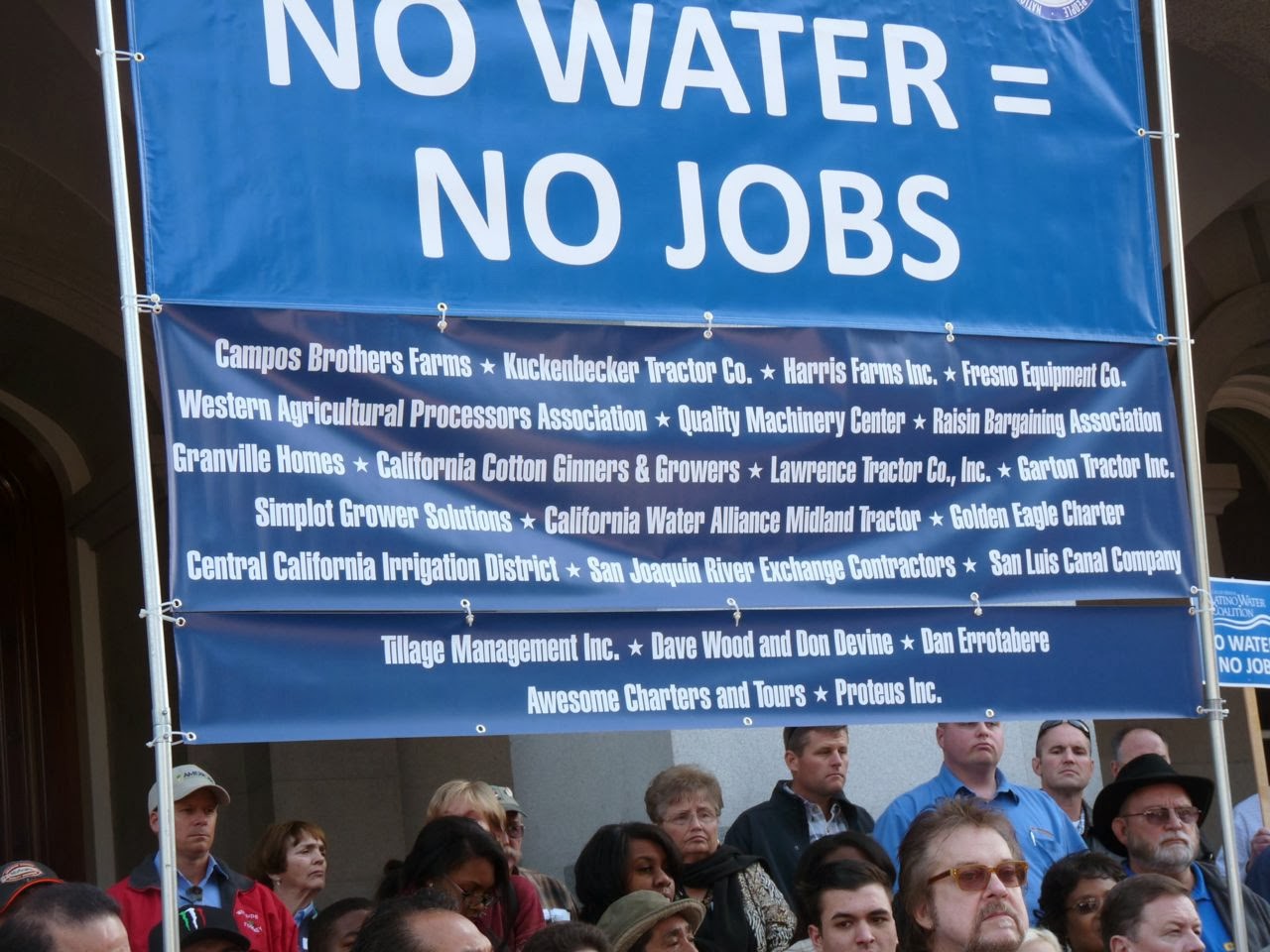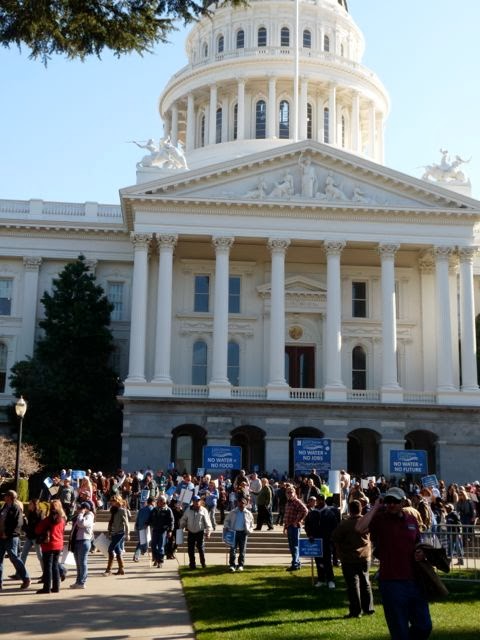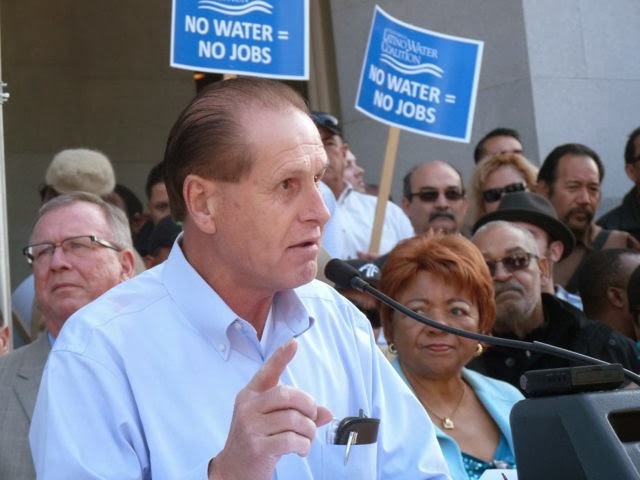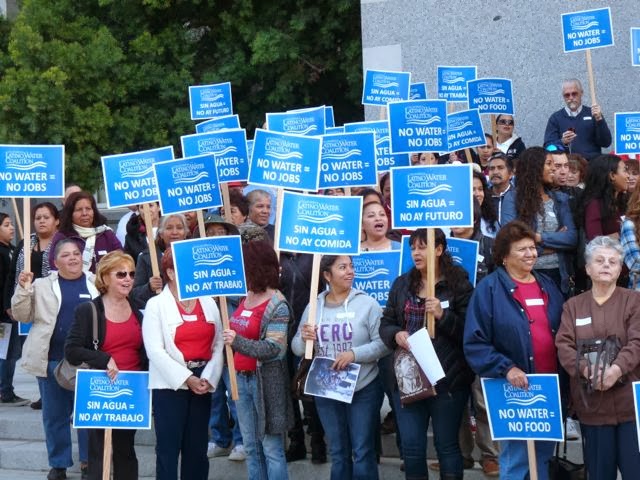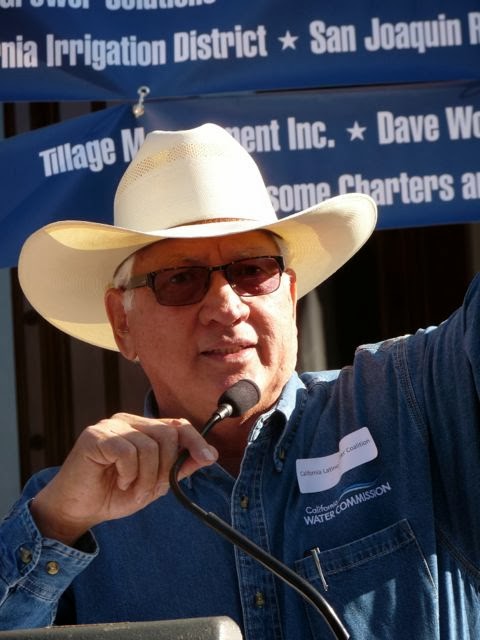SEMINAR: AVOCADO PRODUCTION FOR NEW GROWERS
Apply for “AVOCADO PRODUCTION FOR NEW GROWERS” – a 6-Week Course
- January 30 — Introduction to Agriculture in San Diego County, History of Avocado Production in California
- February 6 — Botany, Flowering, Varieties, Harvest Dates, Rootstocks
- February 14 (Friday) — Irrigation Systems, Irrigation Scheduling, Salinity Management
- February 20 — Fertilization, Organic Production
- February 27 — Insect and Mite Control, Disease Control
- March 6 — Canopy Management, Tree Spacing, Frost Management
- March 13 — Ag Waiver Water School Training
- March 15 (Saturday) — Field trip to UC Cooperative Extension high-density trial and commercial grove



